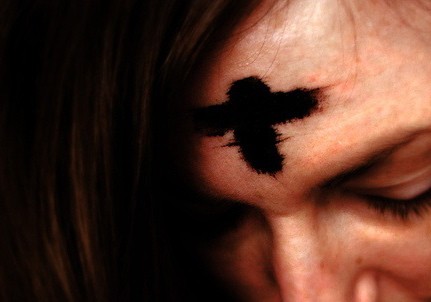Marked
The church of my childhood paid no attention to either Advent or Lent. The words of those seasons sounded too mystical to us, too indicative of strange beliefs and the practices of Roman Catholic friends who didn’t eat meat on Friday, crossed themselves at the free throw line and, of all things, showed up at school one February or March morning with dirt on their foreheads. I suspect I’m not the only one who tried to be helpful by pointing out to a friend that there was dirt on his forehead, only to be told that he knew it was there, that it wasn’t dirt but ashes and that a priest put it there.
Such a practice was decidedly unlike the straightforward simplicity of my Presbyterian tradition and my church, where the very first appearance of candles in worship precipitated an argument between those who loved candles and those who thought candles were a Catholic thing.
In this issue of the Century, Ted Smith remembers when Lent was, for Protestants, not much more than the One Great Hour of Sharing cardboard boxes that children filled with pennies and nickels for children somewhere else in the world ("Making Lent difficult"). In my youth my Catholic friends would announce that they had to give up something for Lent, at which point my chums and I would have great fun trivializing the whole business by announcing that we were giving up spinach or brussels sprouts for Lent. We thought we were hilarious.





